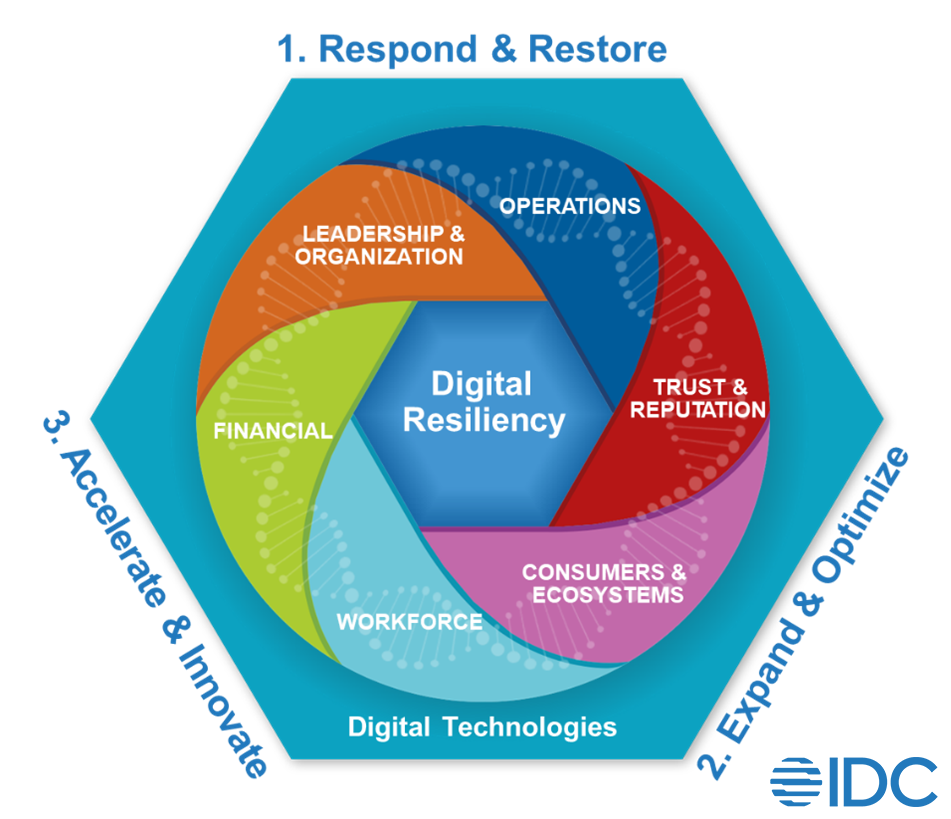With the growing popularity of online games, lag and connectivity issues have become an inevitable part of the experience for many players. However, through understanding the technical challenges and developing problem-solving skills, gaming communities can work to minimize frustrations and optimize performance within shared infrastructure limitations. Let’s explore some approaches for strengthening digital resilience against lag.
Understanding the Factors Behind High Latency
High latency, commonly referred to as lag, refers to delays in data transmission between devices connected over networks. Many physical and technical factors can contribute to increased ping times, making lag an issue that affects all multiplayer game platforms. Distance plays a major role, as data must travel farther between more remotely located servers and clients. Physical geography inevitably introduces some latency that cannot be avoided. Additionally, network traffic volume and temporary connection disruptions may lead to intermittent spikes in lag. By learning more about the root causes of high latency, gamers can make informed choices to minimize potential delays.

Identifying Common Culprits of Connection Problems
A number of common network-related factors are known to increase latency. Connecting to game servers in other regions rather than one’s local area naturally amplifies ping times due to the extra physical distance data must travel. The use of virtual private networks, or VPNs, may unintentionally introduce additional transmission hops that lengthen lag when compared to a direct connection. Temporary issues with individual internet access points like routers or momentary server overload could also manifest as “lag spikes” disrupting gameplay. Isolating the specific culprits behind persistent latency aids in targeted troubleshooting and mitigation.
Methodically Diagnosing Connectivity Challenges
To pinpoint the root causes of lag, a stepwise diagnostic process is recommended. First, hardware like routers should be checked for potential faults that disrupt network performance. Then, tools such as the ubiquitous “ping” command allow measuring transmission times to geographically closer servers as a baseline, clearly identifying distance as a factor. Monitoring real-time bandwidth utilization helps identify if other household devices are overloading a network during laggy periods. With patience and logic, troublesome patterns can be decoded.
Optimizing the Online Experience Within Limitations
Once understanding of individual network configurations and common lag generators is established, informed choices can be made to optimize conditions for gaming. When latency dependent, prioritizing connection to lower ping regional servers enhances responsiveness. Proactively switching servers if lag becomes chronic on the current host also prevents frustration. Ensuring home internet access suitable for multiplayer gaming, such as high-bandwidth plans, equips the infrastructure needed to support real-time activities. While some geographical latency will always persist, awareness empowers mitigating controllable delay sources.
Leveraging Content Delivery Networks
One approach platforms employ to distribute server load more regionally is through content delivery networks, or CDNs. These distributed systems of proxy servers cache and deliver common files, videos, and data across wide geographical areas. By maintaining copies of popular content at the “edge” of networks near end users, CDNs can fulfill many requests locally with minimal transmission times. They effectively shorten the distance data must travel, lowering latency significantly for nearby clients. As CDN implementation expands, localized responsiveness globally improves.
Incorporating Peer-to-Peer Architectures
Beyond the use of CDNs, some games incorporate hybrid peer-to-peer (P2P) network models alongside dedicated servers. In P2P, individual client machines directly exchange data with each other as peers, eliminating the need to route all traffic through centralized infrastructure. This distributed approach shares workload across the online player base, reducing reliance on servers that can become overloaded bottlenecks. P2P architectures naturally optimize transmission paths by keeping data exchanges as local as possible between nearby users. Their integration cuts platform dependency on single servers susceptible to lag.
Leveraging Advancing Connectivity Infrastructure
On the broadband access frontier, next-generation wireless and fiber network deployments herald lower latency potential for more locations. Fifth-generation cellular technology, or 5G, promises gigabit speeds with reduced ping times between devices and network edges. Full-fiber broadband delivery brings fiber-optic lines directly into homes and neighborhoods rather than relying on legacy copper, drastically cutting transmission delays. As these infrastructure improvements propagate nationwide, lag barriers will shrink further for growing numbers of online gamers. Together with intelligent network designs, latency hurdles gradually lessen through applied technology.
Developing Troubleshooting Aptitude
While some latency stems from unavoidable distance, perceived frustration can be diminished by empowering problem-solving skills. Thoroughly investigating connectivity quality with tools available establishes a foundation for recognizing solvable versus unavoidable issues. Creating a tested process to methodically analyze factors isolating potential problems builds diagnostic acumen over time. Contacting service providers to validate line performance and network configurations likewise enhances understanding. With experience, perspectives shift to view lag sources more objectively and less emotionally.
Maintaining Optimism When Outages Occur
Even with diligent maintenance, unplanned outages will inevitably disrupt online infrastructure at some point, whether from maintenance activities, capacity strains during peak times, or unexpected hardware failures. During such unavoidable industrywide situations, maintaining perspective helps weather temporary troubles. Appreciating that all players share dependence on the same technology humbles annoyance and fosters community among the inconvenienced. Expressing patience and optimism balances frustration and brings joy back to gaming more quickly once stabilization resumes.
Looking Ahead with Hope
On the horizon, converging technologies promise ever-lowering latency barriers through distributing intelligence and reducing transmission times. Edge computing places processing power directly in local networks, enabling real-time responses virtually free of delay. Next-generation low-Earth orbit satellite constellations may one day provide ubiquitous high-speed coverage minimizing geographic impact on lag. Constant engineering progress incrementally cuts latency, opening online gaming potential to wider audiences. With understanding and community, digital resilience grows against an issue certain to impact gaming for many years to come.
 A Comprehensive Guide to Obtaining and Maximizing Your Roblox Star Code
A Comprehensive Guide to Obtaining and Maximizing Your Roblox Star Code